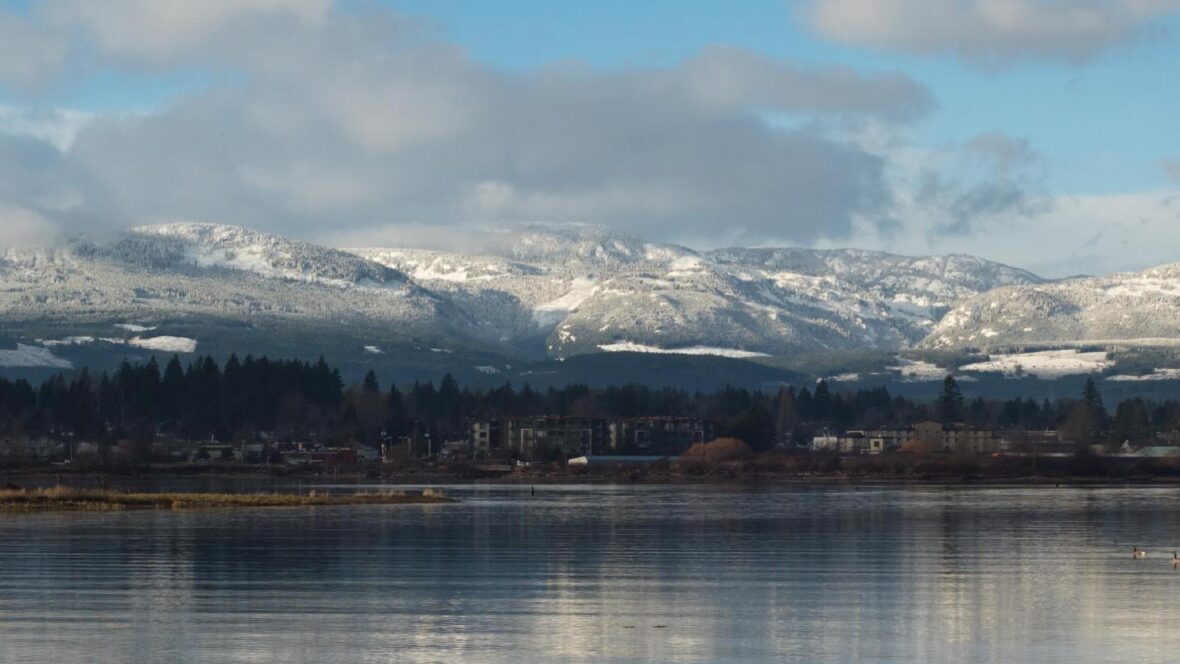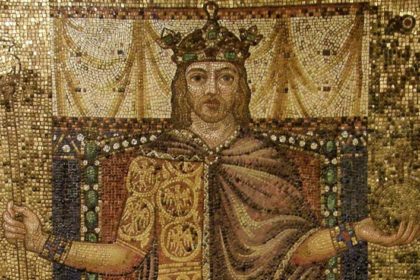Courtenay is a city on the east coast of Vancouver Island, in the Canadian province of British Columbia. Take a look below for 30 interesting and fun facts about Courtenay, British Columbia, Canada.
1. It is the largest community and only city in the area commonly known as the Comox Valley, and the seat of the Comox Valley Regional District, which replaced the Comox-Strathcona Regional District.
2. Courtenay is 4 km (2.5 mi) west of the town of Comox, 7 km (4.3 mi) northeast of the village of Cumberland, 5 km (3.1 mi) northwest of the unincorporated settlement of Royston, and 108 km (67 mi) northwest of Nanaimo.
3. Along with Nanaimo and Victoria, it is home to The Canadian Scottish Regiment (Princess Mary’s), a Primary Reserve infantry regiment of the Canadian Armed Forces.
4. Archaeological evidence suggests there was an active Coast Salish fishing settlement on the shores of the Courtenay River Estuary for at least 4,000 years.
5. Due to its gentle climate, fertile soil and abundant sea life, the Coast Salish residents called the area kw’umuxws (Li’kwala for plentiful), which was eventually anglicized to Komoux and then to Comox.
6. At the time of first contact with Europeans, the Pentlatch Nation, who spoke the Island Comox dialect of the Comox Coast Salish language, occupied the shores of present-day Comox Bay.
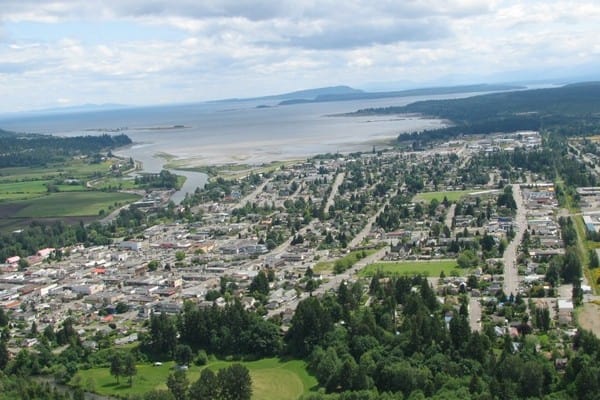
7. Another Island Comox speaking Nation, the K’ómoks, occupied settlements further north along the east coast of Vancouver Island, in the area of present-day Campbell River, including Quadra Island and several other Gulf islands.
8. Along the tidal flats of the estuary, the Pentlatch set out elaborate fishing weirs—nets tied to wooden stakes that would be covered at high tide but uncovered at low tide, allowing trapped fish to be removed. These wooden stakes can still be seen at low tide — local archaeologist Nancy Greene has estimated that up to 200,000 wooden stakes remain in the mud flats.
9. Several of these wooden stakes were carbon dated, revealing the oldest to be made from a hemlock tree c.750 CE, while the youngest dated from around 1830.
10. By the 19th century, the K’ómoks had been driven out of their lands near Campbell River by the Lekwiltok, a particularly fierce group of Kwakwaka’wakw.
11. The K’ómoks migrated south to the shores of the Courtenay River estuary, where they allied with the resident Pentlatch against their common enemy.
12. In 1862, a major smallpox epidemic swept across Vancouver Island, killing an estimated 30% of First Nations people.
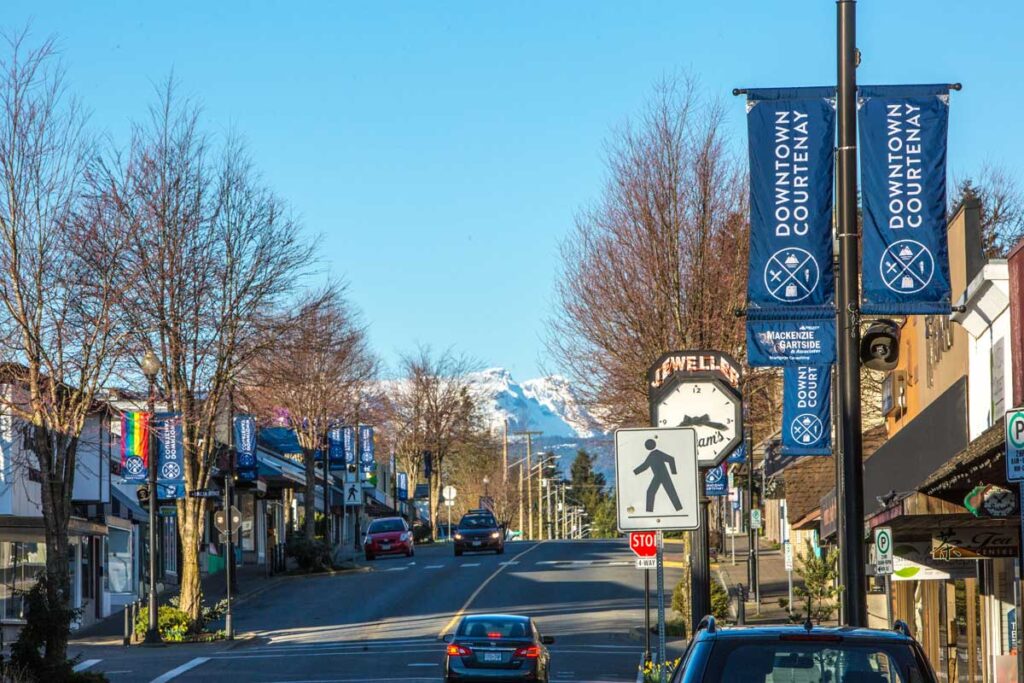
13. European settlers began to arrive in the area in 1872, and by 1876, the K’ómoks and Pentledge had been moved onto two reservations: Comox Indian Reserve No. 1 adjacent to the village of Comox, and Pentledge Indian Reserve No. 2 at the confluence of the Puntledge and Tsolum rivers adjacent to the village of Courtenay.
14. In 1579, Francis Drake, on his circumnavigation of the globe in the Golden Hind, found a good port somewhere along the northwest coast of North America and stayed for several months while restocking supplies and trading with the inhabitants of the area. He named the region Nova Albion, Latin for “New Britain”.
15. Drake’s detailed logs — and the exact location of Nova Albion — were later lost in a 17th-century fire, but some historians believe Drake made a landing in the Courtenay River estuary.
16. In 1791, a Spanish expedition led by Dionisio Alcalá Galiano and Cayetano Valdés y Flores produced a crude chart of the Strait of Georgia and possibly visited Comox Bay.
17. The climate in Courtenay is very similar to that of the rest of eastern Vancouver Island, classified as a Mediterranean climate (Csb) due to the low levels of precipitation and drying in the summer months. In the spring and fall seasons, Courtenay tends to be quite cool and wet.
18. From its inception, Courtenay’s economy relied heavily on the extraction of natural resources, like coal, logging, fishing, and agriculture.
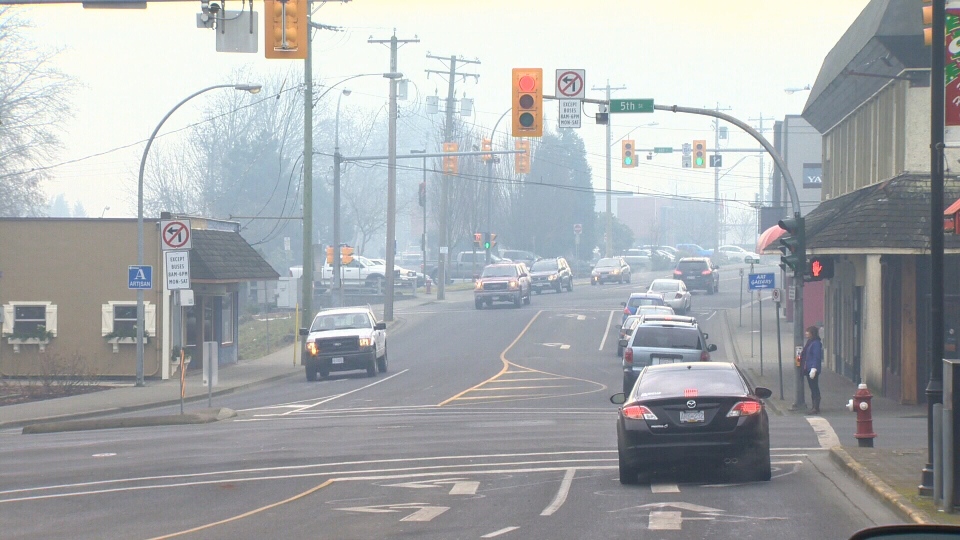
19. Over the years as this natural resource extraction decreased, Courtenay has focused its economic growth on supplying services to the large retiree community and the military families at CFB Comox, which is the largest employer in the Comox Valley, supplying approximately 1,400 jobs.
20. Approximately $573.8 million is spent in the retail industry in the Comox Valley, with half of the sales coming from supermarkets, gas stations, and car sales.
21. Every summer, usually in July, the largest music festival, the Island Music Fest on Vancouver Island takes place in the Comox Valley.
22. Performers and audience members gather for three days of camping and an eclectic mix of music. There are several other festivals in the area and they include the North Island Festival of Performing Arts, Fiddlefest, Comox Valley Highland Games and the Comox Valley Piano Society puts on performances at the Stan Hagen Theatre.
23. The city is home to the Comox Valley Youth Music Centre, originally the Courtenay Youth Music Camp, a two-week-long annual summer school, which has increased to a six-week program.
24. Notable people involved with the centre include Harry Freedman who taught there 1971–1982, Gilles Bellemare (composition), Diana Krall (piano), Nancy Argenta (voice), Ingrid Jensen (trumpet) and Renee Rosnes (piano).

25. The Sid Williams Theatre, located in downtown Courtenay, is the major performance theatre in the Comox Valley.
26. Performing theatre groups include the Rainbow Youth Theatre and the Courtenay Little Theatre.
27. The Vancouver Island Regional Library has a branch in downtown Courtenay. The Courtenay branch offers many services such as free Wi-Fi for library members, computer access, and printing and photocopying stations.
28. The Kitty Coleman Woodland Gardens is a woodland garden that was developed by hand. Bryan Zimmerman spent more than two years clearing the brush on his 24-acre (9.7 ha) lot and using a wheelbarrow to make the paths.
29. Community parks include the Simms Millennium Park and Lewis Park.
30. Mount Washington Alpine Resort is the largest commercial ski area on Vancouver Island. Each winter season many flock there to enjoy the seasonal sports such as skiing, snowboarding, cross-country skiing, snow tubing, snow shoeing, sledding and more, as well summer attractions such as mountain bike riding and hiking. The resort has a lot of on-mountain accommodation in the Alpine Village.

